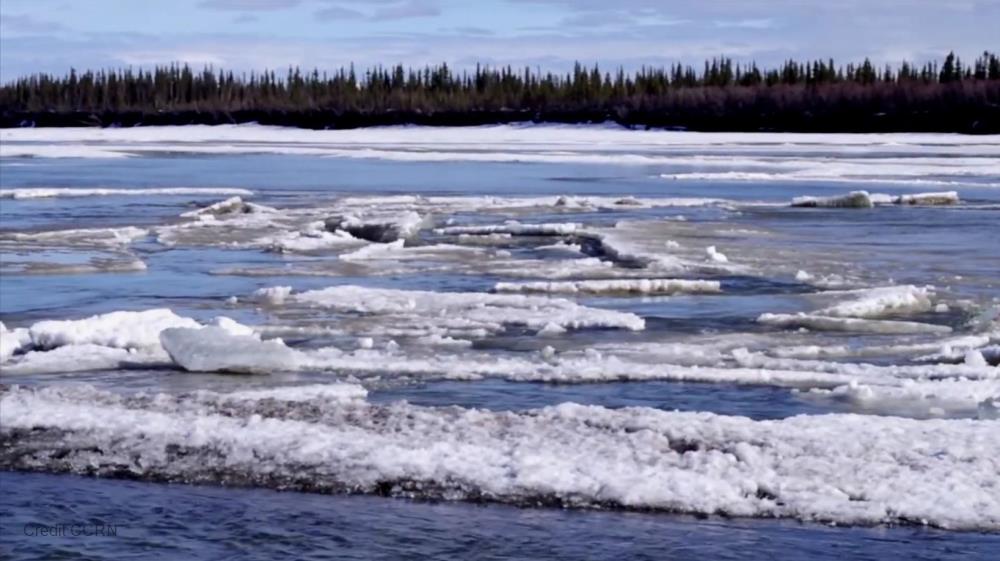
Related items loading ...
Section 1: Publication
Publication Type
Thesis
Authorship
Streich, S.
Title
The hydrological functions of a mountain valley-bottom peatland under drought conditions
Year
2019
Publication Outlet
DOI
ISBN
ISSN
Citation
Abstract
Mountain wetlands act as a sponge, storing water during wet periods and releasing water during dry periods. They are of particular interest as they have been shown to help mitigate downstream hydrological events, such as droughts and floods. Previous studies in northern wetlands have indicated the timing and magnitude of wetland runoff is inconsistent, with atmospheric and environmental conditions playing a key role in the production of wetland runoff. However, little work has been done to study the factors that influence flow between wetlands and streams systems in mountain valley-bottom regions. During the spring and summer of 2017, runoff dynamics of the Sibbald Research Wetland, a peatland in the Canadian Rocky Mountains, were analysed using a water balance approach and application of the Spence (2007) hydrological functions model. This model states that a peatland can store, transmit or contribute water to its outlet. An additional hydrological function, evapotranspiration, was added to this model to account for storage loss. Results show that the peatland was able to maintain outlet baseflow throughout the study period, despite a severe regional drought. Furthermore, the peatland transmitted water to its outlet when abundant ground frost was found in the upper 50 cm peat, whilst contributing water during the frost-free period. Additionally, large precipitation events initiated flows into peat storage which were quickly followed by runoff generation to the stream. Evapotranspiration occurred daily and accounted for the largest loss of storage from the system. This research indicates the importance of mountain peatlands in regulating streamflow during severe drought and during high precipitation events, as well at the importance of frozen ground and precipitation in determining the hydrological functioning of mountain peatlands. Moreover, this research underlines the need for further study in mountain peatlands across elevation gradients and for a variety of climatological and meteorological conditions as these controls on hydrological function may differ between peatland biophysical states and with atmospheric conditions.
Plain Language Summary
Section 2: Additional Information
Program Affiliations
Project Affiliations
Submitters
Publication Stage
N/A
Theme
Presentation Format
Additional Information
Masters, University of Saskatchewan, Mountain Water Futures


 GWFNet
GWFNet Master
Master Research
Research Map
Map
 Advanced
Advanced . . .
. . .

 Metadata Editor
Metadata Editor
 Record List
Record List
 Alias List Editor
Alias List Editor
 Legacy sites
Legacy sites